Agronomy: Soybean Stocks Estimate to be Overshadowed by Planting Intentions?
URBANA, Ill. – The USDA’s estimate of Dec. 1, 2014, stocks of U.S. soybeans was surprisingly small, according to University of Illinois agricultural economist Darrel Good. Based on the estimated size of the 2014 crop and estimates of exports and domestic crush during the previous quarter, the stocks estimate implied a record-large residual use of soybeans during the first quarter (September-November) of the 2014-15 marketing year. The USDA provides an estimate of seed and residual use of soybeans for the marketing year, but does not estimate seed and residual use on a quarterly basis. “Historically, those quarterly estimates were [...]
Agronomy: Meet Your Soy Envoy: Lance Tarochione
As a professional agronomist, farmer and long time CCA in Illinois I was honored when I was approached to be one of the Soy Envoys. I began my career with Monsanto in 1993 and got involved in some of the early field trials being conducted on Roundup Ready® soybeans. Soybeans have been an important part of my career ever since. In my current role as a Technical Agronomist supporting the ASGROW and DEKALB seed brands in west central Illinois, helping growers be more successful with soybeans is important. I have always felt soybeans had untapped potential and suffered due [...]
Agronomy: Meet Your Soy Envoy: Lynda Anderson
Hello, I’m Lynda Anderson and I’m your 2015 Northwest Illinois Soybean Envoy. I live in Galva, located in southern Henry County, with my husband, Jim, and our three teenage children. I was raised on a corn and soybean farm, in which I am still involved. My passion for agriculture began on the farm as a kid. And today I continue to be passionate about the impact farmers have on feeding the world. I am a graduate of the University of Illinois with a degree in Agricultural Economics. Since graduating, I have worked in the agriculture industry in West Central [...]
Agronomy: Meet Your Soy Envoy: Jeff Keifer
“I love soybeans,” is not a common phrase in Northern Illinois, but soybeans are more popular here now than ever. Farmers are finding them more and more essential every year. I really do love working with soybeans! My name is Jeff Keifer. I was born near Sugar Grove, about 50 miles west of Chicago. I attended school there, and have been attracted to farming my whole life. I took a little hiatus from Illinois when I moved to Wyoming to attend the University of Wyoming, where I graduated in 2001. Wyoming is far from corn and soybean country, so [...]
Agronomy: Tips For Managing Continuous Soybeans
As corn prices continue to fluctuate, more farmers are beginning to inquire about the pros and cons of growing continuous soybeans. When it comes to deciding whether back-to-back soybeans are the right choice for your fields, it is important farmers understand the key management steps that will help them optimize output and achieve the bottom-line results they seek. Similar to continuous corn, soybeans following soybeans have special pest challenges and nutritional requirements farmers need to address throughout the season. To address these challenges and capture optimum yield potential from continuous soybean fields, it is important to follow these tips: [...]
Agronomy: Are Soybean Blends Making a Comeback?
Planting seed blends isn’t a new concept. In the past, companies sold blends to combine seeds of different characteristics in a field to produce the highest yield. But during the last three to four decades seed companies moved to selling varieties with a single source of genetics with very particular specifications, which growers could choose and place in a particular field. But today maybe blends make sense and maybe they should come back? “Our combination soybean products, which we call CROPLAN® WinPak™ varieties, allow us to better target varieties to variable fields and environments,” said Jack Carlson, soybean director [...]
Agronomy: Meet Your Soy Envoy: The Agronomic Dream Team
We’ve assembled a team of Certified Crop Advisers who are passionate about soybeans from across the state to provide reports from the field, insight on timely soybean issues and a personal perspective on the trials and successes that face the soybean industry. Stay tuned to ILSoyAdvisor.com throughout the season for updates and information. Allow us to introduce you to your area’s Soy Envoy: District 1: Lynda Anderson, Bayer CropScience District 2: Jeff Keifer, Elburn Cooperative Company District 3: Lance Tarochione, Monsanto District 4: Wade Meteer, Syngenta District 5: Bill Orr, Pioneer District 6: Carl Masters, Brandt Consolidated District 7: Randy Stephens, Helena Chemical [...]
Agronomy: PODCAST: Using Sorghum for Weed Control
Planting sorghum can add another control option for managing tough weeds. In this podcast Dan Davidson, research and technical coordinator with ISA, explains why sorghum is a good partner in a crop rotation, the benefits it can provide, the weeds it can target and the overall result of including sorghum in a weed control program. LAUNCH AUDIO >>
Plant & Soil: Investing in Potassium Is Profitable
Soybeans require a lot of potassium, about 170 lbs. to produce 70 bushels. The soil either has a sufficient reserve or it doesn’t. And recent evidence points to increasingly insufficient reserves. Potassium levels have been dropping due to greater crop removal, while replacement rates haven’t compensated for this greater withdraw. The reality—soil test levels for potassium are increasingly below critical values. Robert Mullen, agronomist with the Potash Corporation agrees soil test levels for potassium (K) are trending down and that investing in more potassium is a good decision. “The case we often make is that sound agronomic decisions usually [...]
Agronomy: Soybean Yield Drivers
Management, more than inputs, is still the key to higher soybean yields, according to the latest USB-funded university research. “You can’t buy higher yields; you still have to work for them,” says Seth Naeve, the University of Minnesota agronomist who led the intensive soybean yield research. The research tested inputs marketed as preventatives, and deployed them in the field as pre-timed applications rather than as a part of a more actively managed system. “The study focused on which baseline practices and products all farmers should use, rather than what works in individual situations,” Naeve says. “Some treatments are important in some [...]

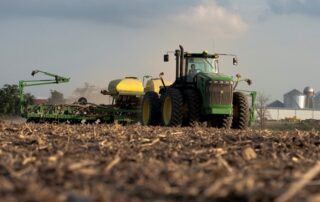
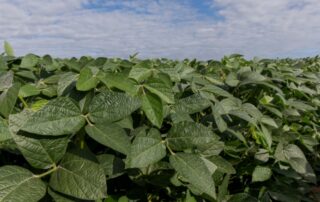
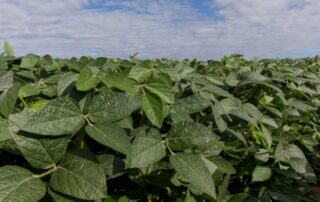
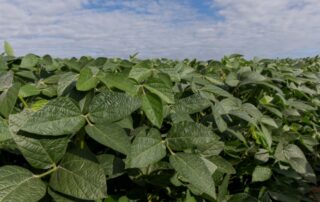
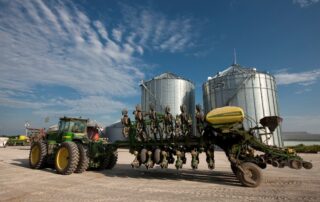
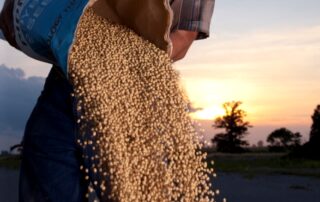
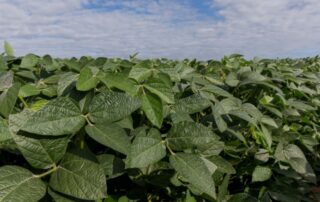
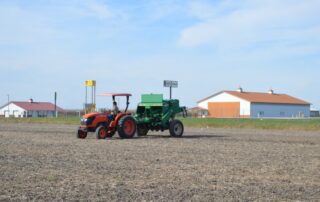
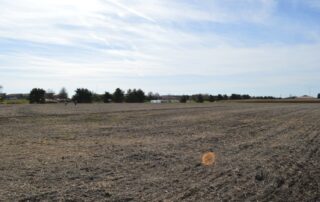
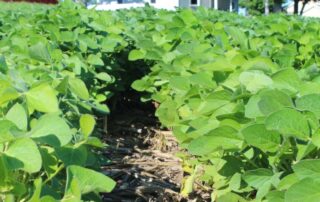

 and then
and then